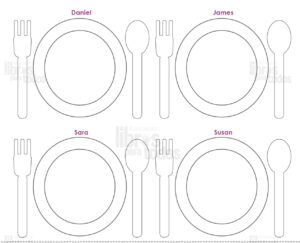English 2 Unit 2 Term 1 Week 3, 2025
Instrucciones:
• Los bloques sombreados en color gris se pueden ocultar en la impresión final.
• Para ello haga clic sobre cada uno de los bloques que desea ocultar.
• Para encenderlo nuevamente, pulse el bloque otra vez.
• Solamente los bloques encendidos serán impresos.
• Pulse el botón «Imprimir» cuando se encuentre listo.
• Para un mayor aprovechamiento del espacio, recomendamos eliminar los márgenes al imprimir.
¿Cómo guardar PDF?

Recomendamos utilizar el navegador Google Chrome.
Si no lo tiene instalado en su dispositivo puede descargarlo aquí.
El diálogo de impresión iniciará en cuanto cierre estas instrucciones.
En el cuadro de diálogo, cambie el destino de la impresión:
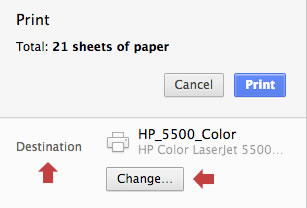
En las opciones, seleccione «Guardar como PDF»:
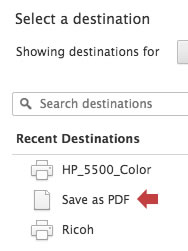
Para aprovechar todo el espacio de su hoja, recomendamos desactivar los márgenes:
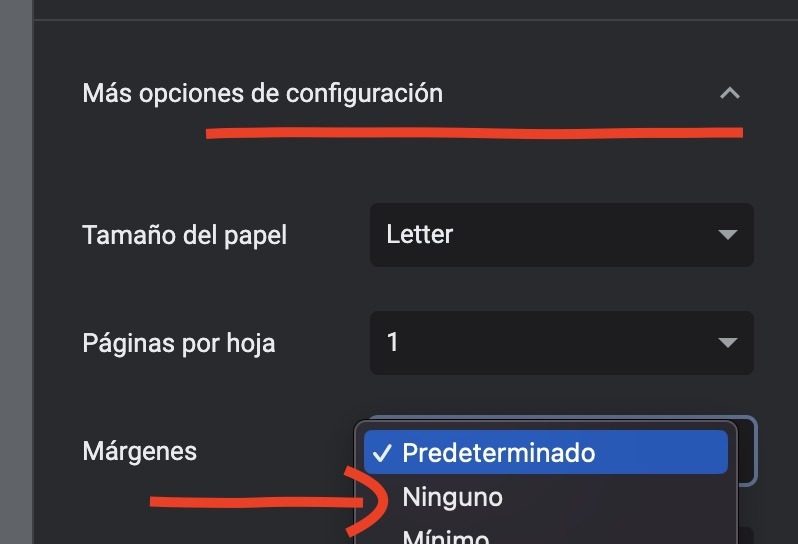
Por último pulse el botón «Guardar»:
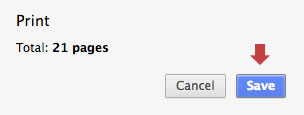
¿Cómo imprimir en color?

Recomendamos utilizar el navegador Google Chrome.
Si no lo tiene instalado en su dispositivo puede descargarlo aquí.
El diálogo de impresión iniciará en cuanto cierre estas instrucciones.
En el cuadro de diálogo de la impresión siga las siguientes instrucciones:
Si desea imprimir el planeamiento a color, asegúrese de activar la opción «Color»:

En la sección «Más configuraciones»:

Active la opción «Gráficos de fondo»:

Finalmente pulse el botón «Imprimir»:
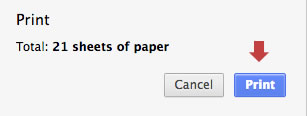
School year: 2025
Period:
Term: I
Level: Second Grade
Unit: 2
Week: 3
Domain: Socio-interpersonal
Scenario: Healthy Habits
Theme: Yummy and good for my tummy
Enduring Understanding: Healthy people take care of themselves, eat well and exercise.
Essential Question: How can people be healthy?
General Competences:
Responsible Citizenship ( X )
Life Competences ( )
Competences for Employability ( )
Learn to Know
Grammar & Sentence Frames
Personal pronouns:
- I, you
Simple present tense sentence:
- I don’t eat junk food.
- I like bananas.
Conjunction «and»:
- You and I eat healthy food.
Phonemic Awareness
Letters of the alphabet (K)
Vocabulary
Yummy and good for my tummy
Healthy food:
- cereal, grains
Junk Food:
pizza, hamburger, coke
Fruits:
- apple, orange, pineapple
Vegetables:
- carrots, tomatoes
Learn to Do
Function
- Identifying healthy and unhealthy food.
Discourse Markers
- And, but
- You always wash your hands but you don’t eat healthy.
Learn to Be and Live in Community
Psycho-social
- Promoting healthy eating habits.
Socio-cultural
Idioms/ phrases
- Asking about other people’s likes and dislikes.
An apple a day keeps the doctor away.
Assessment Strategies & Evidences of learning
Learner…
L.1. Recognizes simple information about healthy habits and food if the person speaks slowly and clearly.
Goals
Learner can…
L.1. Understand simple information about healthy habits (for example, «I need to exercise».) if the person speaks slowly and clearly, possibly with accompanying gestures.
Pedagogical Mediation/ Didactic Sequence
Pre-teaching
Warm up
Teacher asks students:
- What do you need to be healthy?
Students brainstorm some activities.
The teacher asks:
- What is your favorite fruit?
Students brainstorm some fruits.
The teacher writes the vocabulary on the board.
The teacher tries to promote healthy habits among students.
Activation of Prior Knowledge
Students observe page 44 and listen to its song.
Modeling
The teacher makes a chart with two columns on the board.
Teacher writes healthy food and unhealthy food on top of the columns.
Teacher asks students to brainstorm different kinds of food.
The students may decide in which column they must write them.
Example:
Pizza – French fires – Spaguetti – Gallo pinto – Pinapple – Papaya – Coke – Grapes -Doughnut
Time
SP.1. Uses one or two learned expressions about healthy habits.
SP.1. Use one or two learned expressions about healthy habits.
Clarifying
The teacher mentions which items are correct and changes those which are in the incorrect column.
Pre-task
Students observe the food items on page 53.
Students mention which items are healthy which ones are not.
Students paste the healthy items on page 52.
Task rehearsal
The teacher asks two students to come to the front.
She asks each of them:
- What is your favorite food?
Each student answers and the teacher writes their favorite food on the board (or makes a picture).
W.2. organize drawings or pictures within a graphic organizer.
W.2. Organize drawings or pictures within a graphic organizer.
Task completion
Teacher shows the Favorite Food sheet to students.
The teaher explains how each plate belongs to a child.
Students color the food items and then cut them out.
The students paste them on the correct plate according to the text the teacher reads.
Teacher’s script
1. Daniel loves carrots, tomatoes and beans. 2. James loves doughnuts and potato chips. 3. Sara loves apples, bananas and pineapple. 4. Susan loves pizza and french fries.
Task assessment
Students work with a classmate.
Each student asks his/her partner what is his/her favorite food?
They make a picture on their notebooks of his/her partner favorite food.
Post task
Students may ask:
What do you do to stay heathy?
The may draw a picture on their notebook too.
The teacher tries to promote healthy habits among students.
Task rehearsal
The teacher asks two students to come to the front.
She asks each of them:
- What is your favorite food?
Each student answers and the teacher writes their favorite food on the board (or makes a picture).

